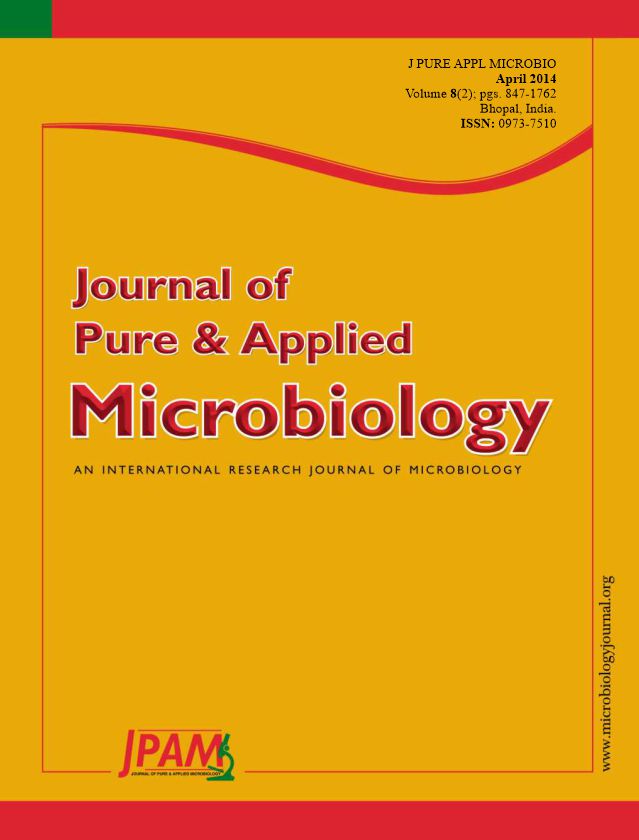In order to understand the mechanisms of bulb rot pathogenesis and disease resistance of Lilium oriental as soon as possible, the study was conducted using Lilium oriental materials from the Agricultural Sciences Institute of Zhuzhou in Hunan. The bulb rot pathogen was isolated by the mercuric chloride disinfection method. Then, the effect of seven inoculation methods and completed disease resistance identification of 30 self-cultivation Lilium oriental materials were compared. At the same time, the total content and antifungal activity of saponin in materials were also investigated. The results suggested that Fusarium oxysporum was the pathogen causing Lilium oriental bulb rot. According to the clustering analysis, 30 Lilium materials tested were divided into three groups of 3 resistant, 16 medium resistant and 11 susceptible materials. It also showed that resistant materials had significantly higher saponin content than susceptible materials did. Additionally, the saponin content was significantly correlated to resistance levels (r=0.819). With the mixed liquid plate culture method, it was discovered that the saponin extract solution, whose total saponin content was 1.194mg/mL, had a certain inhibition rate of 29.39% on pathogen’s mycelial growth.
Lilium oriental, bulb rot, Fusarium oxysporum, resistance identification, saponin content
© The Author(s) 2014. Open Access. This article is distributed under the terms of the Creative Commons Attribution 4.0 International License which permits unrestricted use, sharing, distribution, and reproduction in any medium, provided you give appropriate credit to the original author(s) and the source, provide a link to the Creative Commons license, and indicate if changes were made.


